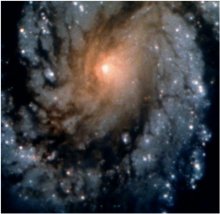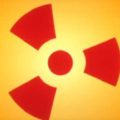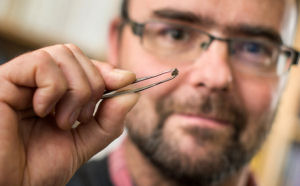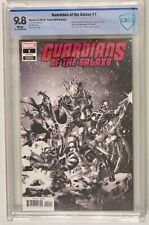
Aspects of the universe that have puzzled scientists for decades may soon assume greater clarity now that a University of Chicago researcher has the universe running on uranium/thorium time. Nicolas Dauphas, an Assistant Professor in Geophysical Sciences, developed the new and improved universal clock in order to determine the age of the Milky Way free of the unvalidated assumptions that have plagued previous methods.
Previous measurements have used stellar objects such as white dwarf stars, as cosmic timepieces. “The white dwarf has no source of energy, so it just cools down. If you look at its temperature and you know how fast it cools, then you can approximate the age of the galaxy, because some of these white dwarfs are about as old as the galaxy,” Dauphas said. But these methods depend on assumptions about stellar evolution and nuclear physics that scientists have yet to substantiate to their complete satisfaction.
Dauphas’ latest work has honed the accuracy of the cosmic clock by comparing the decay of two long-lived radioactive elements, uranium-238 and thorium-232.
A more direct way to calculate the age of stars and the Milky Way relies on the accuracy of the uranium/thorium clock. Scientists now have the ability to telescopically detect the optical “fingerprints” of chemical elements of stars, and have measured the uranium/thorium ratio in a single old star that resides in the halo of the Milky Way. As with globular clusters and white dwarfs, it is measuring the decay of uranium and thorium that is the important factor, and it is something that scientists can measure. Equally crucial is knowing the ratio of uranium and thorium when the star was formed (the production ratio) then calculating the star’s age becomes a problem with a straightforward solution. Unfortunately, “this production ratio is very poorly known,” Dauphas said.
As Dauphas discovered, the solution lay in making a comparison between the data from the uranium/thorium observations in the halo star with measurements of the uranium/thorium ratio that other scientists had made in meteorites. “If you measure a meteorite, you ultimately have the composition of the material that formed the sun 4.5 billion years ago,” he said. And this material included debris from many generations of other stars, now long dead, that still contains information about their own uranium/thorium composition. “The problem is to set the timer correctly, to know the initial amounts of uranium and thorium. By clever combination of abundances in stars and meteorites, Nicolas provides the important starting value for the uranium/thorium clock,” said Thomas Rauscher, an assistant professor of physics and astronomy at the University of Basel in Switzerland.
Rauscher envisions many applications for Dauphas cosmic time keeping method, such as determining the age of a variety of interstellar objects and particles, including cosmic rays. These subatomic scraps of matter continually bombard the Earth from all directions, and where they come from has baffled scientists for almost a century. Rauscher claims that Dauphas’ work may also lead to a better understanding of how stars produce gold, uranium and other heavy elements that play an important role in everyday life. “Age determinations are crucial to a fundamental understanding of the universe,” said Rauscher. “The wide range of implications is what makes Nicolas’ work so exciting and important.”


















Comments are closed.